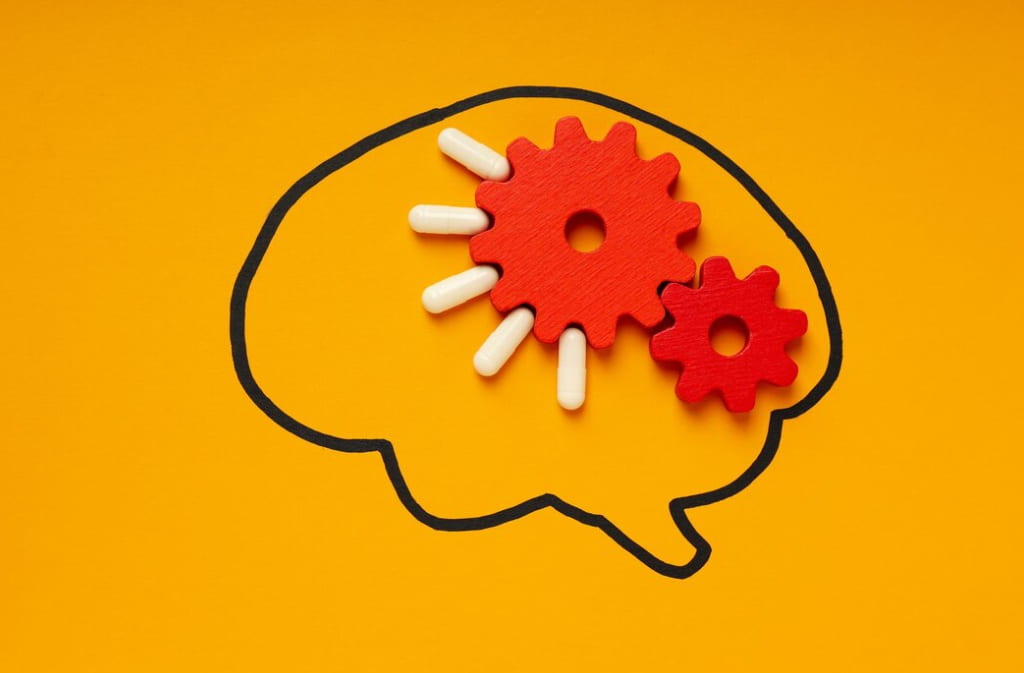Unraveling Dementia: An Overview
As a complex and intricate condition, Dementia encompasses a vast array of distinctive subtypes. Each subtype presents unique symptoms and therefore necessitates specific treatment and care. This guide reveals the diverse forms of Dementia, along with their associated symptoms.
Determining the Number of Dementia Types
Dementia describes the bouquet of symptoms that appear when brain cells cease to function optimally. Although it’s not a disease in itself, it can result from numerous conditions. There are over a hundred known conditions leading to Dementia symptoms—resulting in an equally diverse range of Dementia types that cause various alterations within the brain. Acquiring comprehensive knowledge about these types will empower you or your loved one in facing the challenges ahead.
Breaking Down the Different Kinds of Dementia
Alzheimer’s Disease
Alzheimer’s Disease, a renowned form of Dementia, is the predominant cause of Dementia cases in the UK, contributing up to 70%. It’s an incrementally progressive brain disease beginning long before symptoms become evident.
- Early signs of Alzheimer’s Disease;
- Short-term memory loss;
- Frequent repetition of questions;
- Misplacement of items;
- Disorientation and confusion;
- Mood and behavioral changes.
As Alzheimer’s Disease advanced, the symptoms intensify and expand, resulting in impaired communication, confusion, difficulty speaking and swallowing, and drastic changes in behavior and mood.
Vascular Dementia
Second to Alzheimer’s Disease, Vascular Dementia is another common type. It’s often categorized into two forms—stroke-related, which appears after a stroke or series of mini-strokes, and subcortical, resulting from modifications in small blood vessels. Differentiating Vascular Dementia from Alzheimer’s often relies on identifying initial symptoms. For example, Vascular Dementia symptoms might not include memory loss in early stages but instead display challenges with decision making, planning, and judgment.

Dementia with Lewy Bodies (DLB)
DLB, prevalent in around 100,000 individuals in the UK, ranks third in Dementia types.
- Key symptoms of DLB include;
- Cognitive impairments;
- Memory loss;
- Sleep disturbances;
- Visual hallucinations;
- Parkinson’s disease-related symptoms, such as slowness or gait imbalance.
Frontotemporal Dementia
Frontotemporal Dementia signifies a group of Dementia types featuring pronounced personality changes, behavioral shifts, and language recall difficulties. This category includes Behavioral variant FTD (bvFTD), Primary progressive aphasia, Pick’s disease, Corticobasal degeneration, and Progressive supranuclear palsy.
Huntington’s Disease
Primarily impacting cells in the brain’s center, Huntington’s Disease induces movement, mood, and cognitive issues. Patients often experience severe mood changes and OCD-like symptoms. Uncontrollable movement of the arms, legs, head, face, and upper body is the core symptom.
Creutzfeldt-Jakob Disease
Creutzfeldt-Jakob Disease, a rare and fatal prion disease leading to rapid degeneration, is one of the less common Dementia types. Symptoms include agitation, depression, disorientation, impaired judgement, difficulty walking, and involuntary muscle movements.
Normal Pressure Hydrocephalus
Resulting from fluid accumulation in the brain, this Dementia type brings forth memory loss, walking difficulties, and bladder control problems.
Wernicke-Korsakoff Syndrome
Usually stemming from alcohol abuse and linked to vitamin B-1 deficiency, individuals with this condition struggle to recall recent events and may have significant memory gaps.
Parkinson’s Disease
Some types of Dementia can develop secondary to Parkinson’s disease. Here, Patients experience movement difficulties and may show symptoms akin to those seen in DLB.
Mixed Dementia
Mixed Dementia encompasses cases where an individual exhibits symptoms pertaining to multiple types of dementia. The typical combination is Alzheimer’s Disease and Vascular Dementia, but combinations involving other Dementia types are also possible.

Introducing Additional Types of Dementia
This section will explore two additional yet less common forms of Dementia: Down Syndrome related Dementia, and Dementia due to HIV.
The Impact of Dementia on Caregivers and Family
This section will offer a profound look into the challenges and rewards of caring for a loved one with Dementia at home, offering tips and insights to help navigate the journey.
Conclusion
This article has offered a comprehensive exploration into the different types of Dementia, their symptoms, and their impact. Understanding this complex condition and its many facets can enhance the quality of care and support provided to those affected, enabling them to live fulfilling and meaningful lives despite their diagnosis.
In sum, understanding the complexities and varieties of dementia is a vital aspect in providing holistic care to those affected. With over a hundred types, each presenting unique symptoms and requiring specific treatment, it’s clear that the world of dementia is as diverse as it is challenging. By delving into these types, we can better arm ourselves with the knowledge to offer high-quality care, ensuring a life of dignity and comfort for our loved ones. The journey may be strenuous, but equipped with accurate information, the path becomes clearer and the journey, more manageable.



